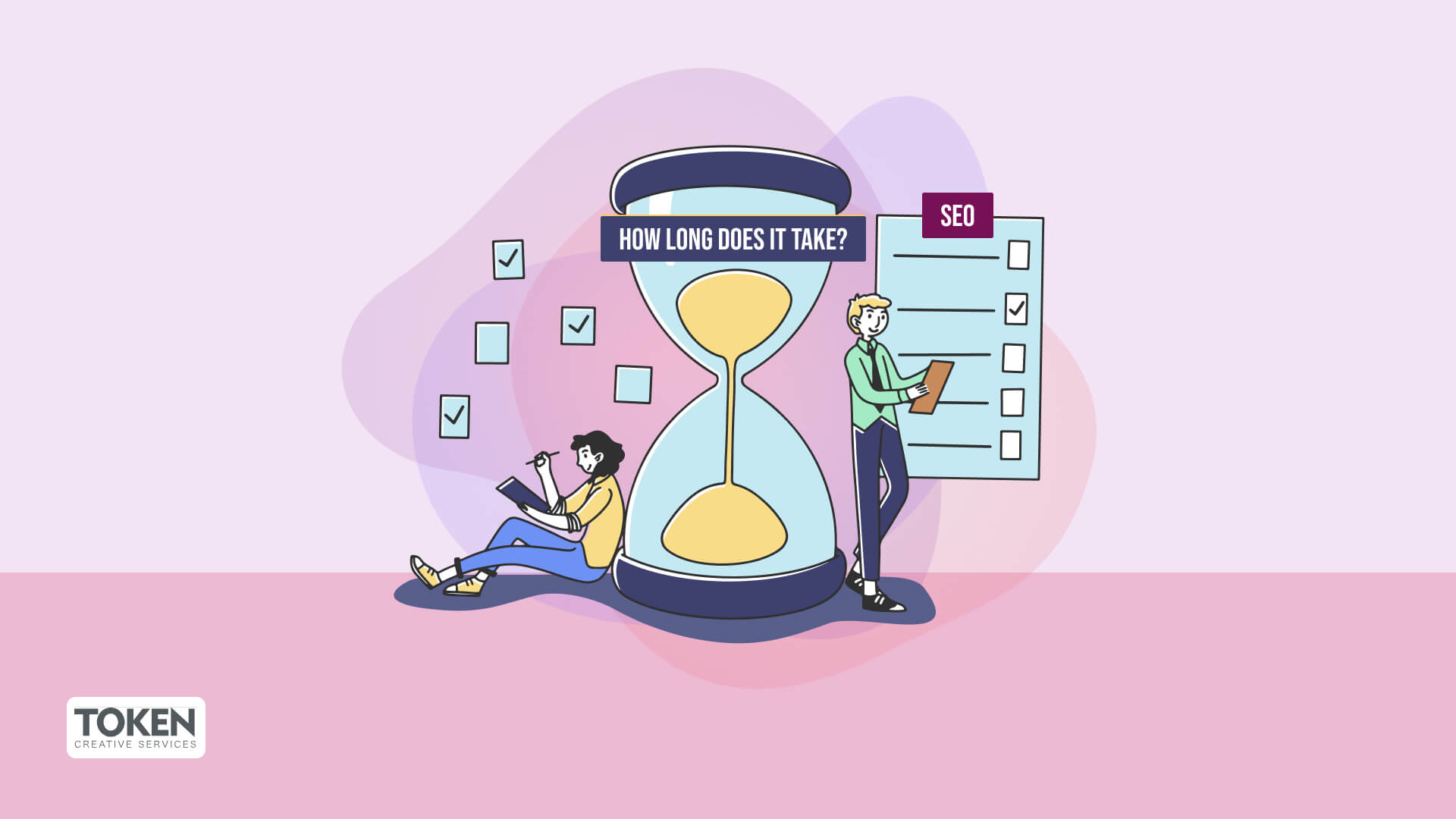
In today's digital marketplace, eCommerce SEO is a essential aspect of running a profitable internet store. With search engines being the primary source of visitors for most digital retail businesses, enhancing your store for SEO can greatly impact your visibility, sales, and overall expansion. According to BrightEdge, over 53% of all site visits comes from organic search, making it crucial for online retailers to prioritize SEO strategies that improve rankings and increase conversions. This manual will walk you through eCommerce SEO methods, best approaches, and practical data findings to help your business succeed in a crowded market.
Understanding Online Store SEO and Its Importance
SEO for online stores goes beyond standard website enhancements. It includes improving item listings, collections, and the overall website structure to improve rankings and UX. According to Moz, the top-ranking sites on Google receive 31.7% of all clicks, while lower-ranked pages receive considerably less visibility. By implementing an well-planned online store SEO strategy, businesses can generate organic visitors and reduce reliance on advertising-based advertising.
Key eCommerce SEO elementscomprise keyword research, technical SEO, schema markup, site speed, and mobile-friendliness. Google’s mobile-prioritized ranking further highlights the necessity of optimizing for mobile-friendly stores, as over 72.9% of online store sales now competitor keywords come from smartphones and tablets (Insider Intelligence).
Keyword Research: The Foundation of Online Store SEO
Proper eCommerce keyword analysis is essential for ranking higher in Google listings. By finding the right keywords, businesses can target potential buyers at various phases of the purchase journey.
Steps for Effective Keyword Research:
Identify Buyer Intent Keywords: Use tools like Google Keyword Planner, Ahrefs, and SEMrush to discover high-converting transactional keywords (e.g., "buy running shoes online").
Leverage Long-Tail Keywords: Phrases like "best running shoes for flat feet" often have lower competition and better purchase likelihood.
Analyze Rival Keywords: Platforms like SpyFu and Ubersuggest help uncover keywords that drive traffic to rival stores.
Optimizing Product and Collection Pages for SEO
Item and collection pages serve a Google Keyword Planner vital role in eCommerce SEO. Enhancing these pages guarantees better rankings and a seamless customer journey.
Best Practices for Item Page SEO:
Use Unique Item Descriptions: Avoid duplicate content by crafting original descriptions.
Optimize Title Tags & Meta Descriptions: Include primary keywords while making them engaging and to-the-point.
Add High-Quality Images with Descriptions: Improves SEO visibility and betters user experience.
Internal Connections: Direct users and crawlers to related products and collections.
Boost Your ECommerce Revenue with Professional SEO
Having trouble to improve your rankings and attract more visitors to search results your online store? Token Creative Services offers top-notch eCommerce SEO that enhances search presence, connects you with buyers, and boosts sales.
Get found. Grow your revenue. Dominate your market.
Contact us today for a tailored SEO solution that delivers real results.
Conclusion
eCommerce SEO is a continuous effort that requires careful approach, execution, and consistency. By implementing best practices, improving product and category listings, and focusing on site optimization, digital retailers can experience long-term growth. As Google algorithms continue to evolve, staying updated with the newest eCommerce SEO developments is essential.
Are you ready to take your online store to the next level? Start optimizing today.
Comments on “The Ultimate eCommerce SEO Guide: Strategies, Tips & Best Methods for Digital Growth”